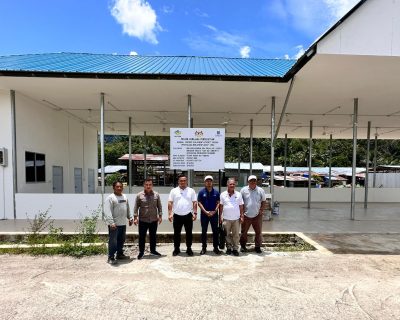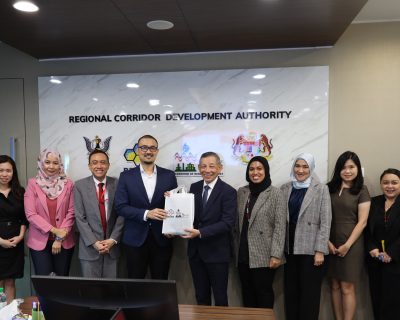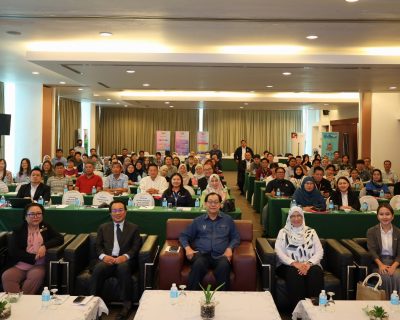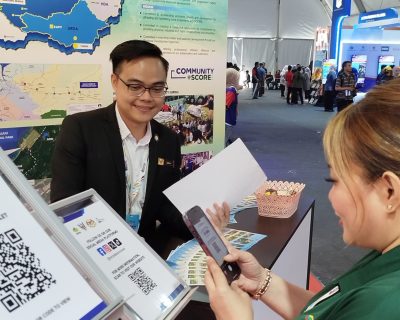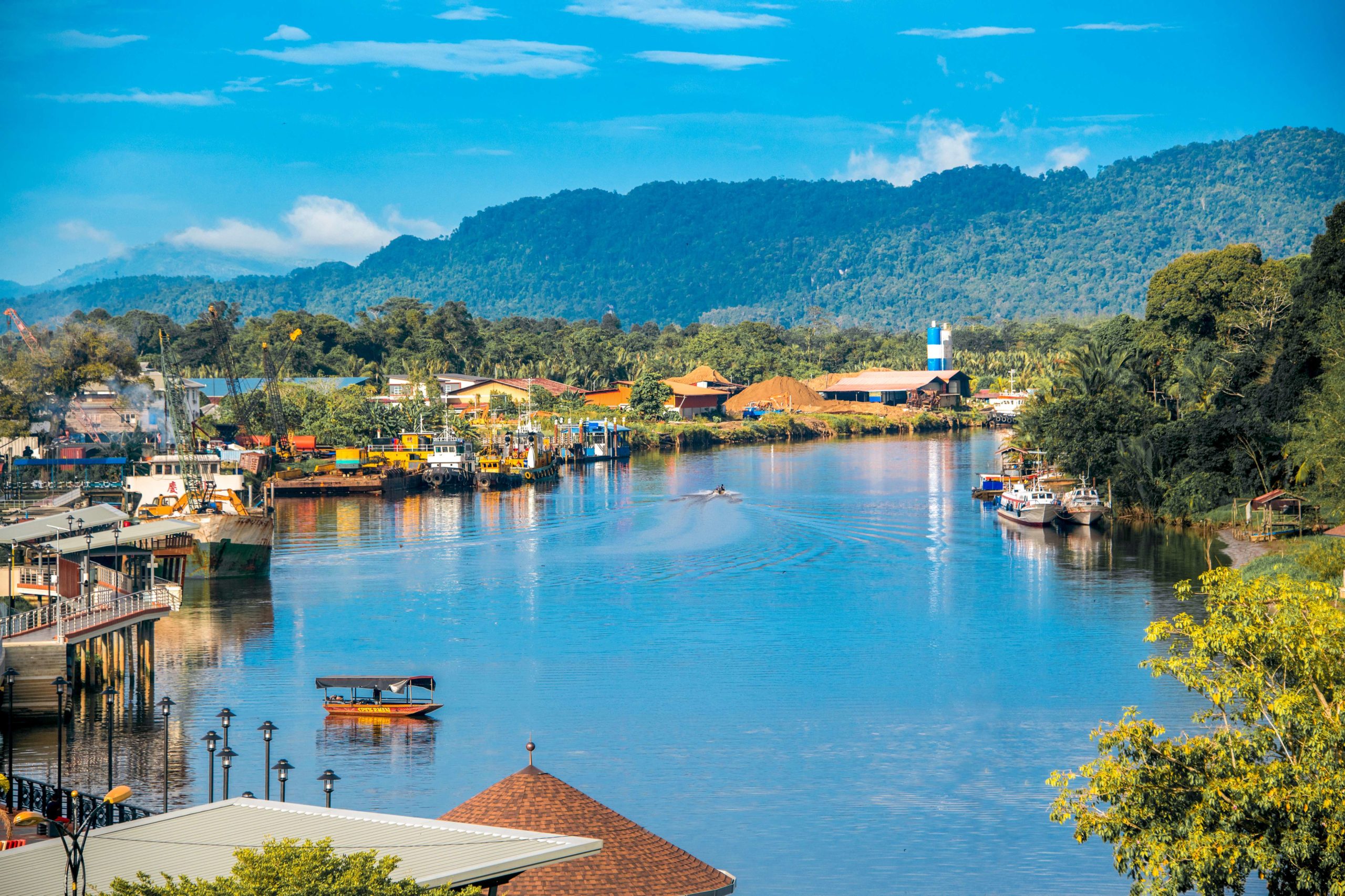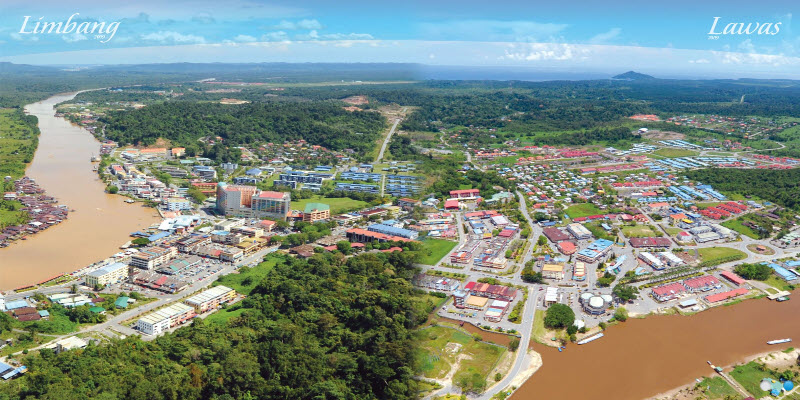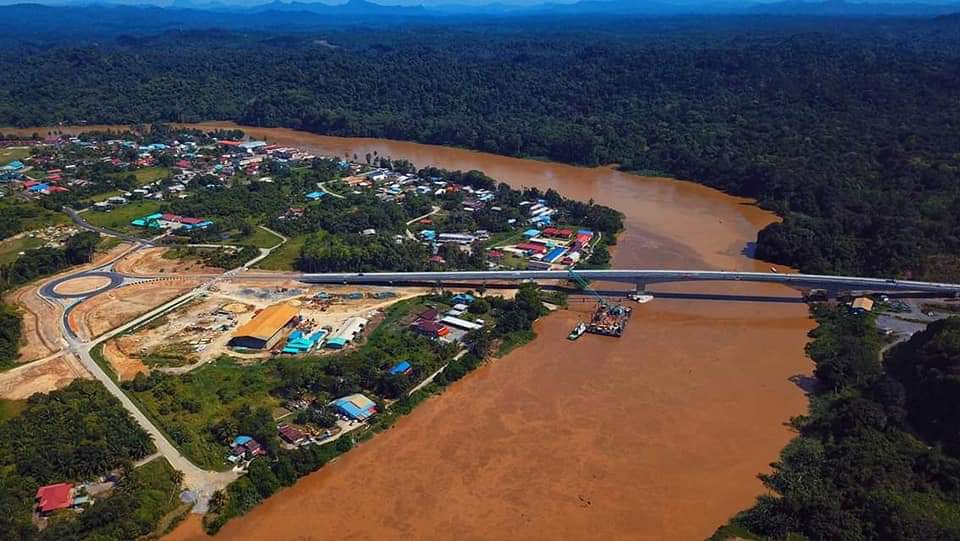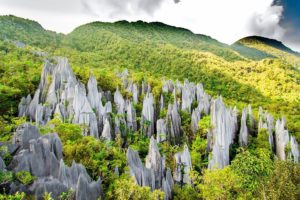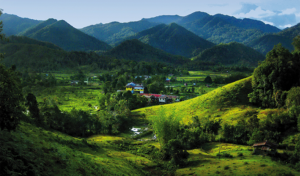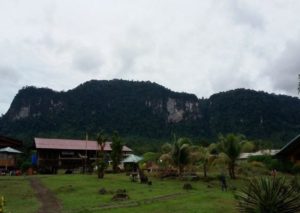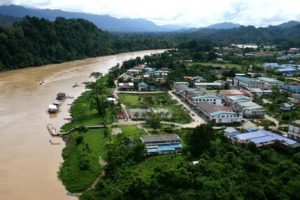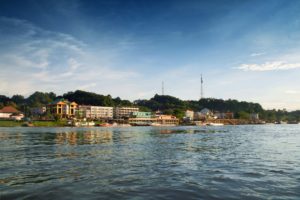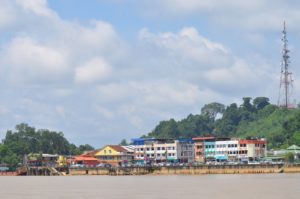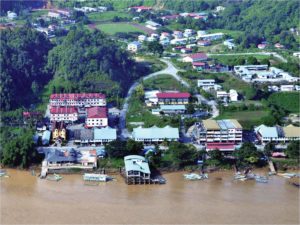A Chat with the Chief Minister
Our Chief Minister, popularly known as “Abang Jo”, sits with us to discuss what he believes are the roles the agency can play in fostering growth and development in the SCORE region.
When you took over the Chief Ministership, you decided to create three development agencies – URDA, HDA and NRDA – to undertake infrastructure development projects in their respective regions. Why did you do so?
In order for us to attract investors to Sarawak, we must first have good infrastructure. Investors will not come unless amenities and connectivity are provided. This means we have to provide access across terrain such as highlands, and treated water and power supplies for industries. When the roads are constructed, the lands nearby could be commercially utilised.
Starting in 2019, the Sarawak Government allocated RM4.5 billion to infrastructure development in the SCORE region, to be implemented by three agencies under RECODA – the Upper Rajang Development Agency, the Highland Development Agency and the Northern Region Development Agency.
As chairman of RECODA, I have taken the initiative to develop the three areas that have the potential in all fields, like power generation, agriculture and tourism. What we are doing today is for the future generations.
Why did the Sarawak government decide to undertake Phase 2 of the Pan Borneo Highway from the Federal Government, which is now known as Northern Coastal Highway?
The 786-km Pan Borneo Highway, which began its construction in 2016, will connect Telok Melano to Pujut Link Road in Miri. The Sarawak Government, with RECODA as the implementing agency, undertook the proposed 86km Northern Coastal Highway, which will connect Limbang and Lawas to the border at Sabah.
This project was actually part of the second phase of the Pan Borneo Highway project for Sarawak but was cancelled by the Pakatan Harapan government and the Sarawak Government took it up to continue with the project and renamed it as Northern Coastal Highway.
We also have to bear in mind that the Indonesian Government had announced that its capital will be relocated from Jakarta to Kalimantan Tengah. What this means to us is that we have to ready ourselves for more bilateral trade activities with this largest economy in South East Asia when this happens. So, we cannot afford to sit idle and do nothing. The Northern Coastal Highway comes at the right time to prepare ourselves for this major change soon, when Indonesia moves its capital to Kalimantan Tengah.
Another major infrastructure project is the Miri-Marudi, Marudi-Mulu (Kuala Melinau) and Long Panai-Long Lama road project. It seems that the Sarawak government is aggressively building roads in the northern part of the state. What is their socio-economic impact?
In the HDA area, the Sarawak Government intends to enhance road connectivity by upgrading the Miri – Marudi road and the construction of new road from Marudi up to Long Panai with an estimated total length of 160.5km. This project will provide the long-awaited road connectivity to Gunung Mulu National Park.
The northern region of Sarawak is in a strategic location with neighbouring Brunei, Sabah and Indonesia, which enables this region to tap into the economic potential of the Brunei-Indonesia-Malaysia-Philippines East Asean Growth Area (BIMP-EAGA), among others. We are putting effort into improving logistics and transportation, as well as infrastructure in the area to make Limbang and Lawas a visible centre of investment attraction as well as to spur the socio-economic development in the region.
What do you believe are SCORE’s strongest selling points to investors?
Sarawak is strategically located in the ASEAN region, with a total population of 2.8 million last year, out of which there is a 1.3 million English-speaking working population. We have oil and natural gas reserves, as well other natural resources such as vast deposits of silica sand and china clay.
Our biggest advantage is the abundance of renewable energy, provided by our hydroelectric plants such as the Bakun and Murum dams. Investors need competitively priced energy to drive heavy industries and other investments.
Additionally, within SCORE, there are areas dedicated for industries, such as the 8,000ha Samalaju Industrial Park and the 5,200ha Matadeng Industrial Park, in Mukah. We are stepping up on the development of human capital to meet the needs of industrial employers in SCORE.
Can you give examples of positive feedback you received from foreign investors on why they chose SCORE?
Sarawak has competitive electricity tariffs, built on a sustainable competitive advantage in bulk hydropower. We also have sound transport infrastructure. The state government is stable and we provide investment incentives for businesses.
Additionally, we have a relatively young, English speaking population. Sarawak remains a vibrant location for investors to base a business especially those that require a safe and consistent supply of energy.
Due to the Covid-19 pandemic, global investment has slowed down. What has been the challenge to Sarawak and how do you foresee investment in SCORE after the pandemic has been resolved?
Currently, Malaysia’s borders are closed. Because the Covid-19 pandemic has slowed economic growth globally, we expect demand for investment to increase once the market opens up again. Post Covid-19, the government is expected to look at expanding investment incentives to ensure the SCORE region remains resilient.
In the meantime, the Sarawak Government is aggressively improving our infrastructure through the three development agencies with so many projects, some of which have already started while some to be implemented soon.
This will lay a good foundation for us once the pandemic is over and the world economy opens up. We are targeting by 2030, the total targeted investments to reach RM334 billion with 1.6 million new jobs, where up to 80% of these are coming from private investments.
The investments in SCORE have contributed significantly towards Sarawak’s GDP and will continue to be the driving force for future growth in the state.


